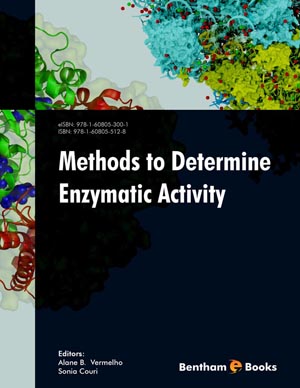Abstract
Persistent Organic Pollutants (POPs) are organic compounds of mainly anthropogenic origin posing a huge threat to human health and the ecosystem. Though the production and intended use of major POPs are banned by Stockholm Convention, still some POPs are being used in most developing countries around the globe. Although, environmental levels of some POPs, such as Polychlorinated biphenyls (PCBs) have declined, newly added POPs in the list of conventions, such as Polybrominated Diphenyl Ethers (PBDEs), Perfluorooctanesulfonate (PFOS) have emerged as new challenges. Exposure to POPs has been associated with a wide spectrum of health effects, including developmental, carcinogenic immunologic, reproductive, and neurotoxic effects. It is of major concern that the neurotoxic effects of some POPs have been observed in humans at low environmental concentrations. This chapter focuses on various POPs like PCBs, PBDEs, and PFOS as a representative chemical class of POPs and discusses the possible modes (s) of action for the neurotoxic effects with an emphasis on comparing dose-response and structure-activity relationships (SAR) with other structurally related chemicals. There are sufficient epidemiological and experimental studies carried out in different parts around the globe showing that PBDEs and PFOS exposure is associated with motor and cognitive deficits in humans and animal models. Several potential mechanisms were presumed for PBDEs and PFOs induced neurotoxic effects and alteration in neurotransmitter systems. Among them, the intracellular signaling processes and hormonal imbalance impacting the activity of thyroid hormone were reported as predominant. All these potential mechanisms are discussed in detail in the chapter. In addition to this, SAR will be highlighted for examining the toxicity of other relevant and structurally similar POPs to assess if they have a common mode(s) of action. Potency factors for several other POPs will also be described focusing on their effects on intracellular signaling processes and enzymatic activity and cell signaling pathways. This chapter is a comprehensive review, describes the alteration of enzymatic pathways and their associated toxicity at the biochemical level in different models for environmentally relevant POPs.
Keywords: Neurotoxicity, Persistent Organic Pollutants, Polychlorinated Biphenyls (PCBs), Polybrominated Diphenyl Ethers (PBDEs), Perfluorooctane Sulfonate(PFOS), Structure-Activity Relationships (SAR), Thyroid hormones.







